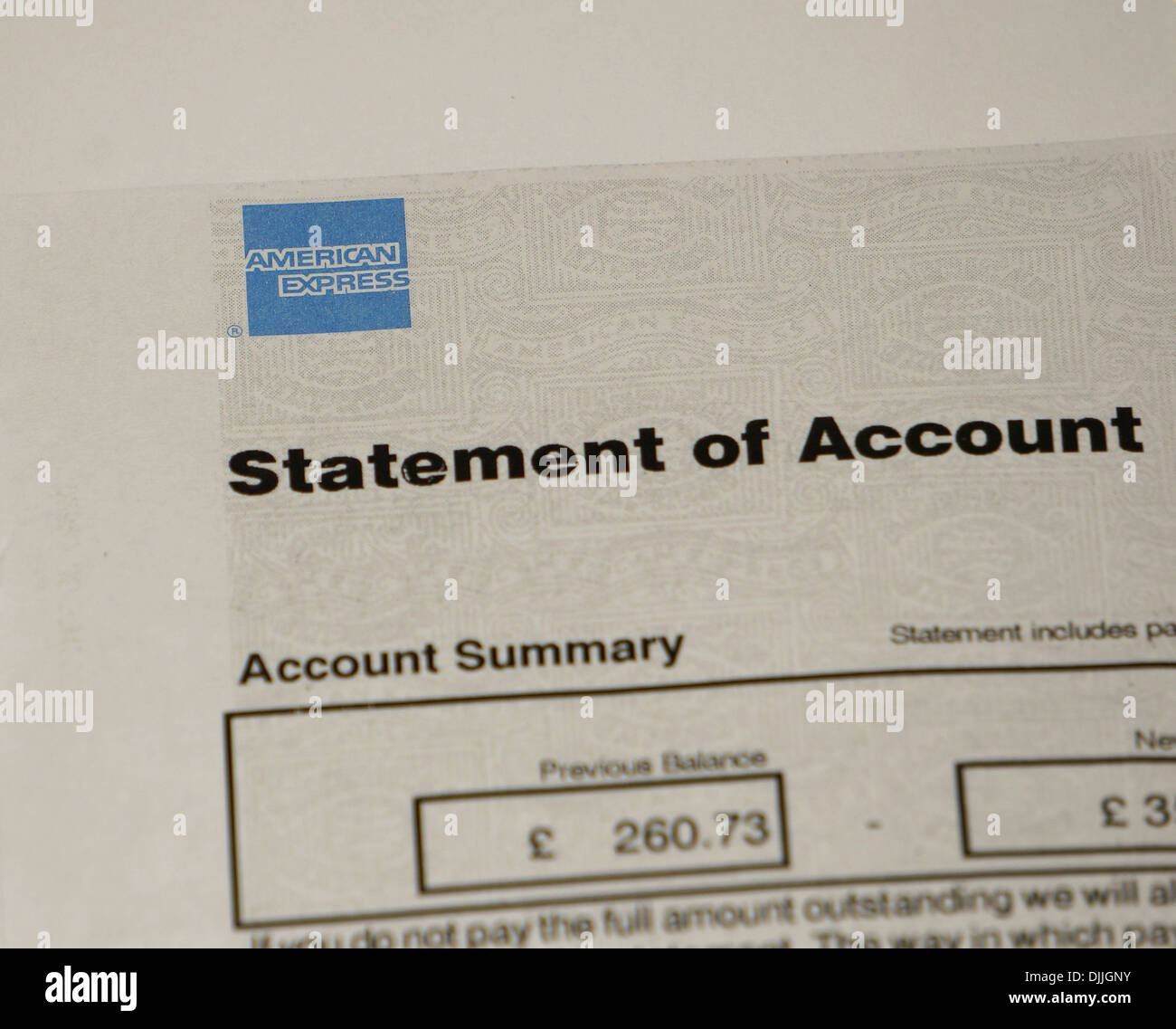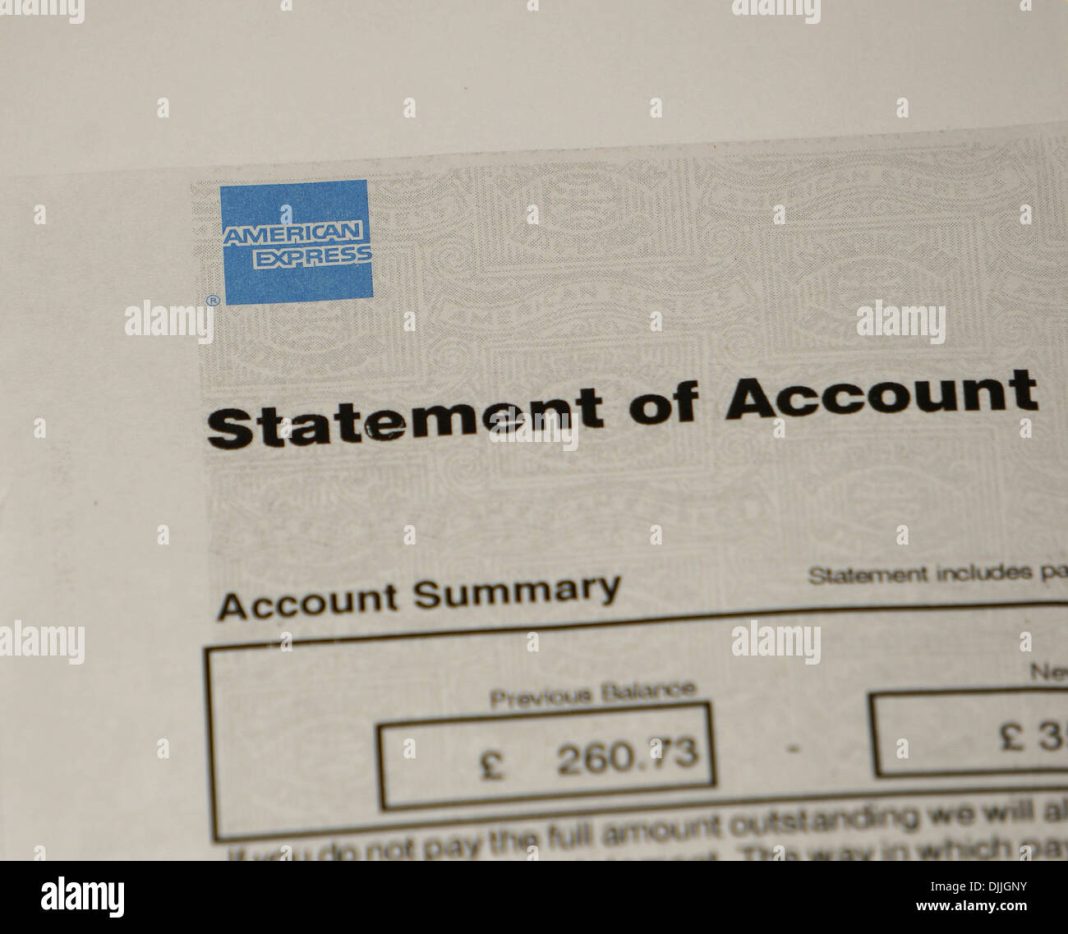
How to Read Your Credit Card Statement and Detect Fraudulent Purchases
Checking your credit card statement every month is an important financial task. It not only provides key information but also allows you to monitor your transactions and gain insight into your spending habits. Additionally, it enables you to quickly detect any fraudulent purchases that may have been made using your card. Here’s a guide on how to read the fine print on your credit card statement:
Account Summary: The account summary section provides crucial details about your credit card activity. It includes the total amount of purchases and credits, balance transfers, cash advances, any past due amount, fees charged, and the interest that has accrued since the last billing cycle. Furthermore, you’ll find the starting and closing dates of the billing cycle, which typically lasts between 28 to 31 days. The account summary also displays your credit limit and the amount of credit available to you after subtracting your card’s balance.
Payment Information: One of the most important aspects of your credit card statement is the payment information section. Here, you will find your payment due date. To ensure your payment is considered on time, make sure to submit it by 5 p.m. in your time zone on the due date shown. If the due date falls on a weekend or holiday, you have until the next weekday to pay your balance. The payment section also lists the minimum payment due, which must be paid to avoid penalties. It’s crucial to note that failing to pay by the due date can result in additional fees and higher interest rates. This section also provides an estimate of the time it will take to pay off your balance if you only make minimum payments.
Changes to Your Account: The “Changes to Your Account” section informs you of any modifications made to your credit card terms. If your card company increases your interest rate or adds more fees, you’ll receive a notice in this section. It’s important to review these changes carefully and understand how they may impact your financial situation. However, according to regulations, credit card companies must provide at least 45 days’ notice before any changes take effect.
Transactions: The transactions section is where you’ll find a summary of all your purchases and other activities since your last statement. It provides a detailed breakdown of where your money is going. Ted Rossman, a senior industry analyst at Bankrate, suggests closely inspecting this part of your statement for any transactions you don’t recognize, as they may indicate fraudulent activity. If you come across a purchase you don’t recall making, your first step should be to contact the merchant directly. If the issue cannot be resolved with the merchant, you can then write a letter to your credit card company to dispute the charge. Under the Fair Credit Billing Act, you have 60 days after receiving the billing statement to dispute any erroneous charges.
Fees and Interest Charges: This section of your credit card statement provides an overview of the total amount you’ve been charged in interest and fees for the current year. It’s essential to review these charges and ensure they align with your expectations and the terms of your credit card agreement.
Interest Charge Calculations: At the bottom of your credit card statement, you’ll find a breakdown of how interest on your payments is calculated. This section includes the annual percentage rate (APR) for purchases, balance transfers, and cash advances. If you have a rewards credit card, you’ll also see the amount of cash back, points, or miles you’ve earned and redeemed.
By thoroughly understanding and regularly reviewing your credit card statement, you can effectively manage your finances and protect yourself against fraudulent activity. Remember to review each section carefully, paying close attention to any changes, discrepancies, or unrecognized transactions.


